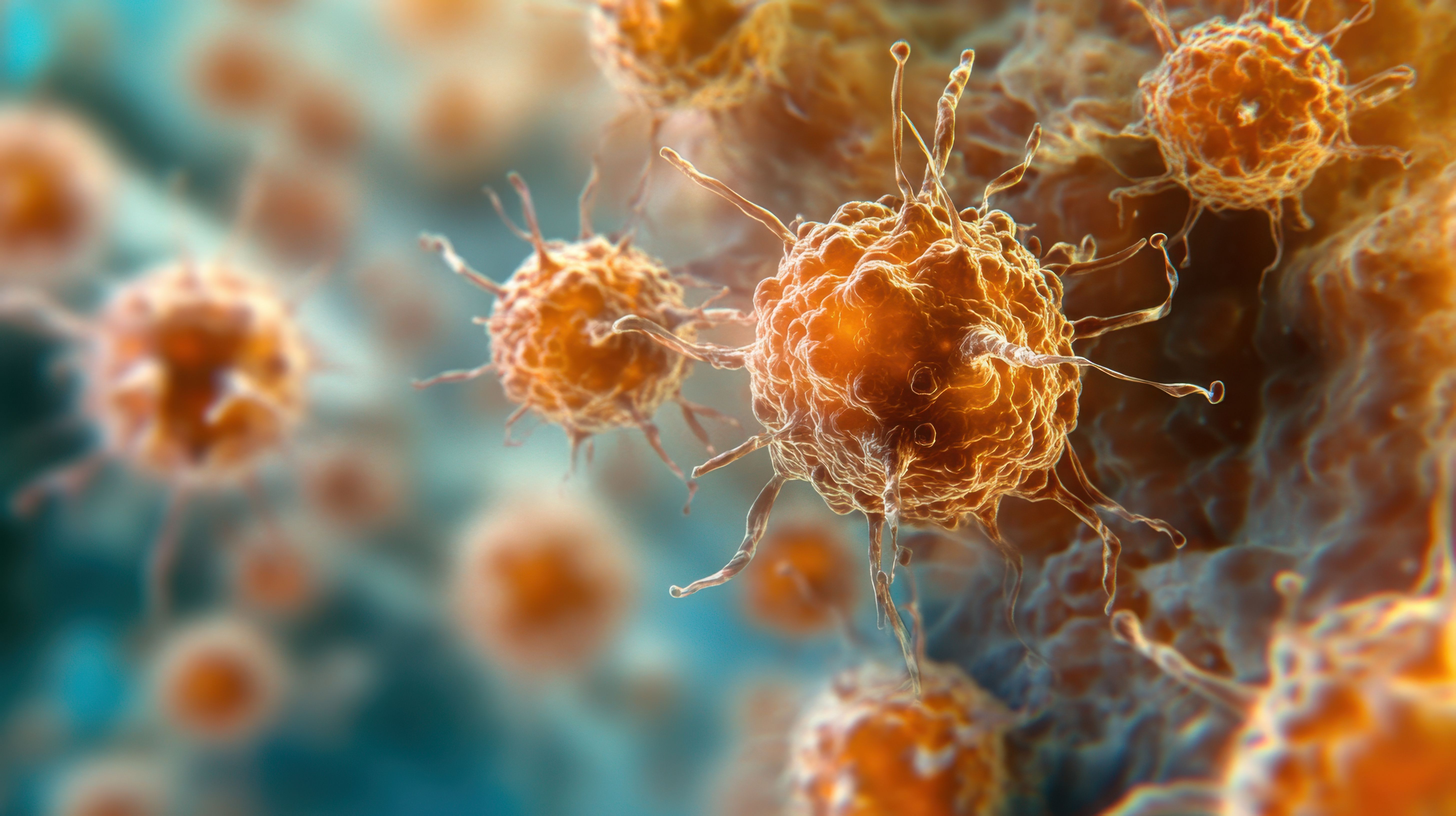News
Article
Updated Phase 1 Results of Treatment With Teclistamab for Patients With Relapsed/Refractory Multiple Myeloma
Author(s):
Key Takeaways
- Teclistamab exhibits a manageable safety profile with low-grade CRS and low severe infection and neurotoxicity rates in RRMM patients.
- Both IV and SC administration of teclistamab result in deep and durable patient responses, supporting further trials.
For patients with relapsed/refractory multiple myeloma (RRMM), teclistamab was found to have a manageable safety profile, according to data presented at the virtual American Society of Hematology conference.
For patients with relapsed/refractory multiple myeloma (RRMM), teclistamab was found to have a manageable safety profile, according to data presented at the virtual American Society of Hematology conference. The safety profile demonstrated low-grade cytokine release syndrome (CRS) and low severe infection and neurotoxicity rates with both intravenous (IV) and subcutaneous (SC) administration.
Additionally, patient responses to treatment were found to be deep and durable with both IV and SC administration. The researchers explained that these promising results demonstrating teclistamab’s tolerability and efficacy support the currently planned phase 2 monotherapy at 1500 µg/kg SC trial in future combination studies.
For many patients, MM can relapse and become refractory to treatment, making teclistamab a valuable potential option to treat this patient population with unmet needs. Teclistamab, a bispecific B-cell maturation antigen (BCMA) x cluster of differentiation 3 (CD3) antibody, can induce T cell-mediated cytotoxicity against BCMA-expressing MM cells.
In the study, the researchers graded adverse events (AEs) according to Common Terminology Criteria for Adverse Events volume 4.03 and CRS. Additionally, patient response was investigator-assessed using the International Myeloma Working Group criteria, and the minimal residual disease (MRD) in bone marrow was assessed using next generation sequencing.
By July 20, 2020, IV administration of teclistamab at 0.3—720 µg/kg was received by 84 patients and SC administration of teclistamab at 80–3000 µg/kg was received by 44 patients. Among these patients, the median age was 64 years, and the median number of prior lines of therapies (LOT) was 6, with 95%/79% triple-class exposed/refractory, 70%/38% penta-drug exposed/refractory, and 91% refractory to the last LOT.
The AEs occurred in approximately 20% of patients through both IV and SC. These AEs included anemia (55%), neutropenia (55%), thrombocytopenia (41%), and leukopenia (26%), as well as non-hematologic events of CRS (53%), pyrexia (28%), diarrhea (24%), cough (23%), fatigue (23%), nausea (22%), back pain (20%), and headache (20%).
Additionally, 39% of patients were observed to have treatment-related AEs at grade 3 or above; the most frequent of which were neutropenia (23%) and anemia (9%). CRS occurred in 55% of patients with iv dosing and 50% of patients with SC dosing. The CRS also tended to occur later on, relative to the most recent dose with SC administration, with the median time to onset being 1 day on IV dosing and 2 days on SC dosing. All of the CRS events were either grade 1 or 2 and generally occurred during initial doses.
Furthermore, 5% of patients had neurotoxicity, all of whom received IV administration, and 12% of patients had treatment-related infusion or injection-related reaction. Also, grade 3 or higher infection-related AEs were reported in 15% of patients, with 3% of the AEs being treatment related. Four grade 5 AEs were reported, all of which were IV-administered and considered unrelated to treatment by the investigator, except for 1 case of pneumonia.
The researchers also noted that the pharmacokinetic results showed that the half-life of teclistamab supports weekly IV dosing. During the study, exposure increased in an approximately dose-proportional manner following weekly IV or SC treatment dosing.
The researchers found that 1500 µg/kg sc dose had a comparable Cmax to that of 270 µg/kg given through IV, as well as higher trough levels than that of 720 µg/kg given through IV. The time to reach Cmax for patients following SC dosing ranged from between day 3 to day 8.
In both IV and SC cohorts, teclistamab treatment led to pharmacodynamic changes supporting mechanism of action, which included increases in T cell activation and circulating cytokine levels, such as interleukin (IL)-10, IL-2Ra and IL-6.
Overall, 120 patients were evaluable for response to treatment at the highest and most active dose levels of 270 µg/kg and 720 µg/kg given weekly for IV and 720 µg/kg and 1500 µg/kg given weekly for SC. When assessing these 4 IV and SC dose levels, the overall response rate was found to be 30 over 47. For this reason, 1500 µg/kg given through SC was selected as a RP2D, and currently at this dose, 6 of 6 patients are in response with progressive deepening of responses over time.
For the 48 patients with responses across all IV and SC cohorts, the median time to first response was found to be 1 month. However, the median duration of response has not yet been reached in the study, with 38 responding patients still on therapy at 1.6 to 21.3 months or more. Of the MRD-evaluable patients who received a complete response, 4 out of 5 patients treated in the IV cohorts and 2 out of 2 patients in the SC cohorts are MRD negative at 10-6.
REFERENCE
Updated Phase 1 Results of Teclistamab, a B-Cell Maturation Antigen (BCMA) x CD3 Bispecific Antibody, in Relapsed/Refractory Multiple Myeloma. Poster presented at: ASH 2020 Virtual Conference. December 5, 2020.






